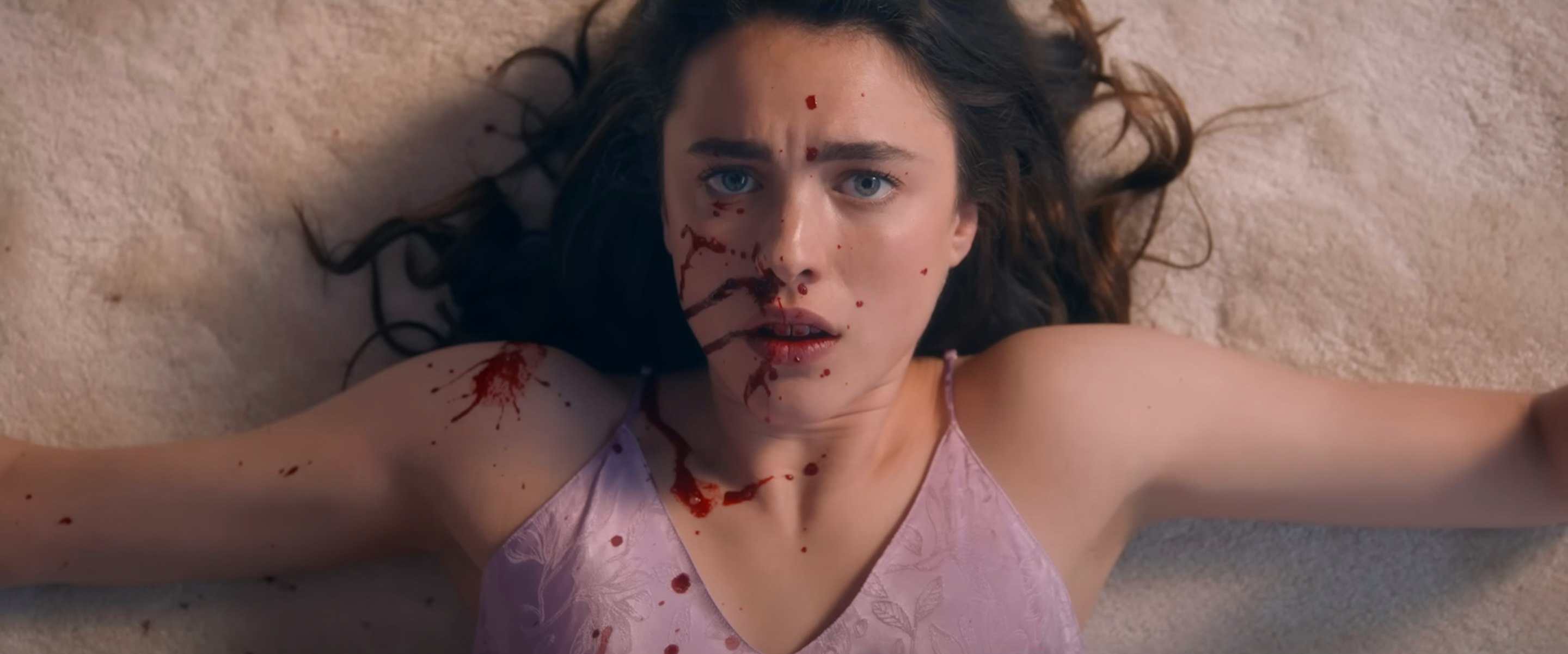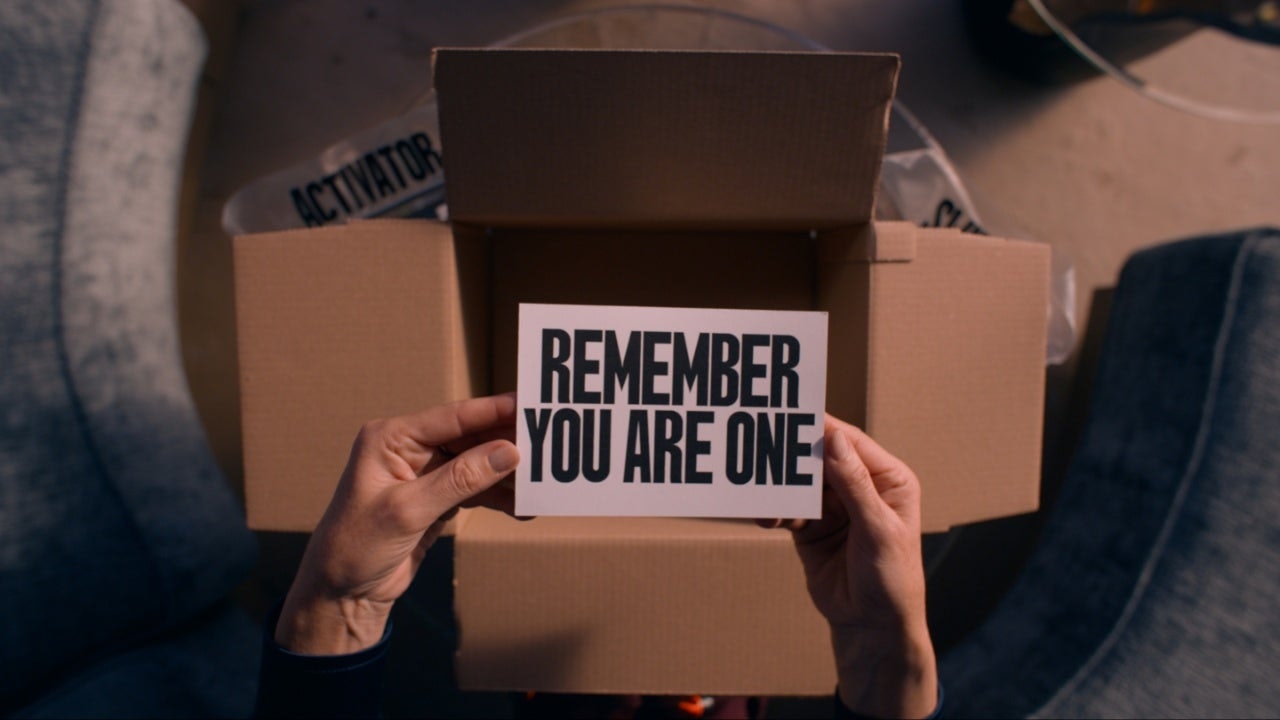
The Substance is a movie of escalating violence. It was born from director Coralie Fargeat’s beliefs about aging in a society that only values women for their youth and beauty. Its eponymous pharmaceutical requires its takers to birth a younger double out of their spine, their backs splitting open in a fantastic shower of blood and viscera. And, naturally, it ends in one of the wildest, goriest, unhinged body-horror scenes you’ll ever see on the silver screen.
“It explodes in the face of the audience, which represents the world,” Fargeat tells Inverse.
If you’ve seen The Substance, you probably have some questions about the wild finale. Luckily, we had a chance to talk to the writer-director, so we had her break down the movie’s final moments, how they came together, and what it all means.
Warning: Spoilers for The Substance ahead.
The Substance’s Ending, Explained
If you haven’t seen the movie but want spoilers — or you saw the movie but either blocked out the memory or walked out early with a queasy stomach — here’s a quick recap.
In The Substance, aging Hollywood star Elisabeth Sparkle (Demi Moore) is approached with a tantalizing offer of a miracle invention that can deliver the “best version of yourself.” Despondent after being fired from her longtime job as a TV aerobics star, Elisabeth takes the offer, injecting herself with the Substance and instantly collapsing as a creature rips its way out of her back.
That creature is a younger version of Elisabeth (Margaret Qualley), who wakes up and dubs herself “Sue.” Sue instantly becomes the hottest star in Hollywood but develops a resentment toward Elisabeth, with whom she must switch places every seven days. But soon, Sue begins spending more and more time awake, causing Elisabeth’s body to decay as the younger double literally sucks the life force from the older. As Sue’s career takes off, she steals more and more time away from Elisabeth, causing Elisabeth’s body to wither and disintegrate, until she resembles more melted hag than human.

Finally, Elisabeth wakes several months later, disfigured and in terrible pain, and decides to call the supplier to terminate Sue once and for all. But just as she is about to use the serum that will kill Sue, Elisabeth decides against it, prompting a glitch that allows both of them to wake at the same time. They get into a fight and Sue murders Elisabeth in a rage, returning to host her career-defining New Year’s Eve show.
But because Sue killed the original, she’s living on borrowed time, and her body begins to fall apart almost immediately. Desperate to make her big break on the New Year’s Eve stage, Sue injects herself with the original activation serum that created her, but this only triggers a mutation that transforms her into a grotesque, bulbous mass of broken body parts, including Elisabeth’s face stuck on the back of her head. It’s a jaw-droppingly revolting design, but one that Fargeat wanted the audiences to feel a strange sympathy for.
“I wanted her to be monstrous, but altogether very moving and very tender and very emotional and have this kind of softness,” Fargeat tells Inverse. “The first time the character looks at herself in the mirror, there is this look of tenderness. We worked around so many designs to finally get all this together.”

Fargeat and the team, led by makeup artist and designer Pierre Olivier Persin, used a combination of real prosthetics and VFX to create the creature, including a mold of Demi Moore’s face that they animated to move with the rest of the costume.
“We crafted our own technique to get there,” Fargeat says. “The most important thing was to find the best technique that [will] express the emotions that you have conveyed to the audience.”
Fargeat is surprisingly wistful when it comes to describing the deranged climax of The Substance, a final act so outrageously gory it makes Carrie’s buckets of blood look like child’s play. When the monster formerly known as Sue arrives on the stage, comically wearing Sue’s lacy costume on its head, the shocked audience rejects her, booing and throwing objects.
“She wants to be loved for who she is, not what she looks like,” Fargeat says. “When she’s so violently rejected because we don’t want to see her, then there is this explosion of violence. All the violence that has been constrained. All the violence we have to live with and hide to feel worth being loved.”

When Fargeat describes an “explosion of violence,” she is not being metaphorical. The creature begins to shed limbs and explode upon impact. Viscera and blood spew everywhere, coating the screen until the action in the scene is barely legible.
“It explodes in the face of the audience, which represents the world,” Fargeat says. “We’re all part of having shaped such a violent world for women. We hate ourselves so much that we’re going to do crazy stuff to conform, like beauty injections.”
The Substance’s Final Shot, Explained
Doing Botox doesn’t necessarily mean that you’ll literally explode, but that’s all part of Fargeat’s “heightened” expression of the world, she says. It’s why she wanted to bring the movie full circle to Elisabeth Sparkle’s Hollywood star on the Walk of Fame.
The Substance begins with Elisabeth’s star being installed, followed by a montage in which it’s cracked and faded over the years. Then, in the very end, the monster attempts to escape the studio but trips and falls while running down Hollywood Boulevard. Whatever remains of her body shatters into pieces, with only Elisabeth’s face surviving. It somehow crawls over to the star, smiles, and melts away.
“That’s a very special moment for me because I wanted it to express the final liberation for Elisabeth,” Fargeat says. “There is this moment of relief when she is reunited with her star and the craziness of it, because that’s her moment of liberation, of happiness, of empowerment. It’s when she doesn’t have a body anymore — when she doesn’t have to care about her body.”
The film’s ending, Fargeat says, is ultimately hopeful.
“That was a very powerful symbolic way to show the violence of how it is every day for a woman to have to deal with her body in the public space. It is so limiting still. That was my way to hope for a change.”







